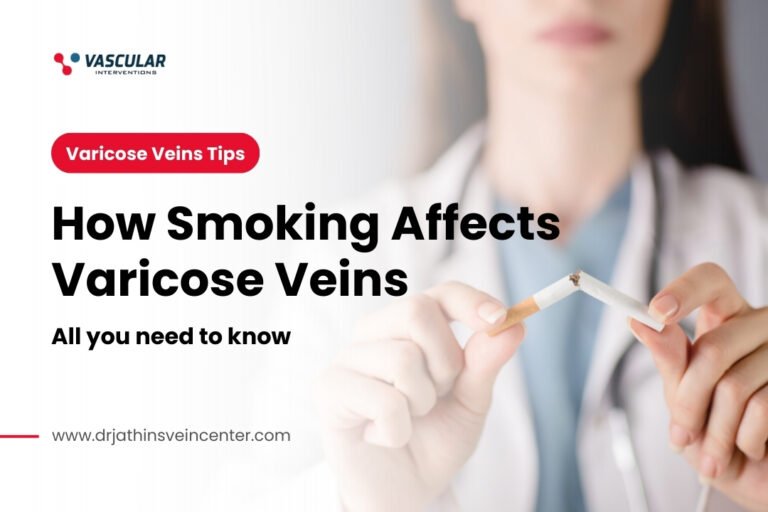Varicose veins are no one’s friend. They can cause pain, swelling, and discoloring of the affected area.
Varicose veins are usually caused by long periods of sitting or standing in the same position for a prolonged period of time.
Why Varicose Veins are More Common Than You Think
The first thing you need to know about varicose veins is that they are not as rare as you think. A study published in the journal Clinical Interventions in Aging found that around 33% of adults over the age of 18 have them.
Varicose veins are typically caused by abnormal valves in the veins. Although, genetic predisposition and pregnancy are also factors that can contribute to their development.

Varicose Veins occur when valves fail to close properly after blood pressure drops which means blood doesn’t get reabsorbed back into your body and is then pumped towards your heart by your legs. This causes blood pools to form on the surface of the skin, which can lead to a painful condition known as phlebitis or thrombophlebitis – a complication caused by the blockage of an artery due to blood clots that form in a vein or artery.
Lifestyle Changes That Will Help Prevent Varicose Veins in The Legs
1. Stop Smoking –
When a person smokes, their body produces nicotine, which is highly addictive. Nicotine can cause the veins in the lower legs to become enlarged, and smokers have a higher risk of developing varicose veins.
Smoking has a variety of negative consequences on health and well-being. It can create conditions such as heart attack, stroke, and lung cancer. Smoking-related illnesses lead to an increased risk of death for each smoker.
This is why you should stop smoking in order to improve your general health. In addition to preventing varicose veins, you will also be able to reduce the risks associated with smoking-related illnesses by stopping this habit now.

2. Watch Your Blood Pressure –
Varicose Veins are unsightly and can put pressure on veins and cause swelling. If you suffer from varicose veins, you can prevent them by keeping your blood pressure in check.
Varicose veins are unsightly and uncomfortable, but they don’t have to be. It’s important to keep your blood pressure in check because it will help prevent varicose veins.
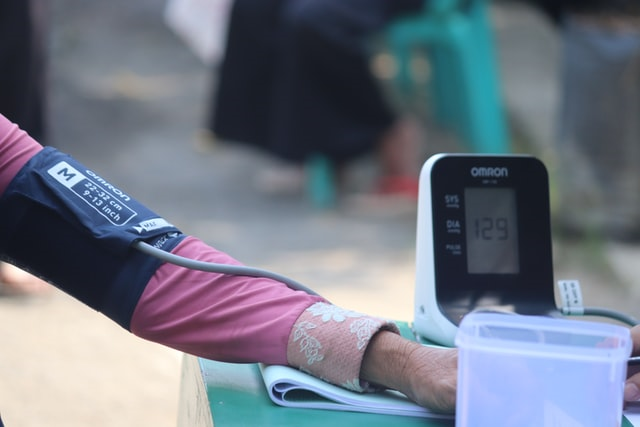
3. Control Your Weight –
Varicose veins are a red, swollen version of the arteries that carry blood away from the heart. They are caused by poor circulation or when one of the leg valves doesn’t fully close off. Symptoms of varicose veins include leg pain while walking or standing for long periods of time; leg heaviness; lower back pain; swelling in your calves.
Varicose veins are a problem for many people, but controlling your weight can help reduce the risk.
If you want to keep your varicose veins and prevent them from getting worse, then exercise and maintain a healthy weight.
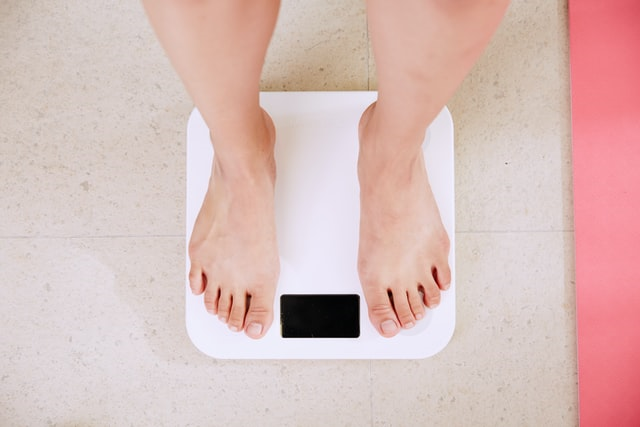
4. Exercise Regularly –
Varicose veins are a medical condition that can cause uncomfortable symptoms like chronic heaviness, pain, burning, throbbing, or cramping in the legs. They also appear as dark blue or purplish veins on the surface of the skin.
Varicose veins are usually caused by a buildup of blood in the venous system and can be avoided by exercising regularly. However, this is not always easy because activity and pregnancy are two other causes that increase the likelihood of developing varicose veins.
Exercise helps prevent varicose veins through multiple benefits such as increased blood circulation to the muscles and improved body posture. Moreover, it also improves sleep quality by reducing restlessness and fatigue caused by arthritis or other conditions related to aging. It also improves mental health which is important for overall mental well-being.
Varicose veins are a serious health issue and can be potentially dangerous. A lifestyle change is necessary in order to help prevent varicose veins like reduced smoking, increased intake of fruits and vegetables, and regular exercise.
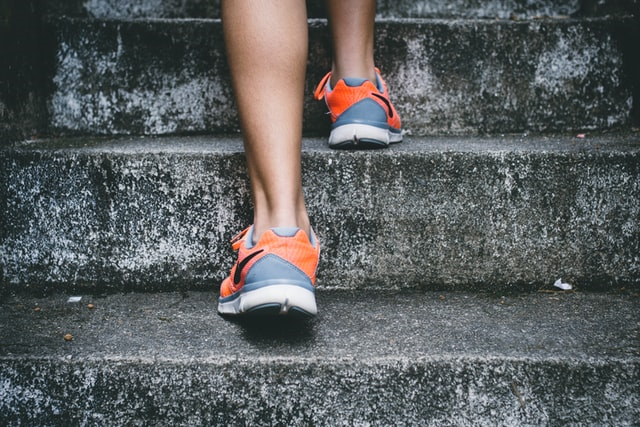
Varicose veins can cause discomfort during activities like running or walking, but the complications which may arise from them could lead to serious problems like thrombosis or endocarditis. To prevent these complications, it’s important to maintain a healthy lifestyle with balanced nutrition and plenty of rest.



